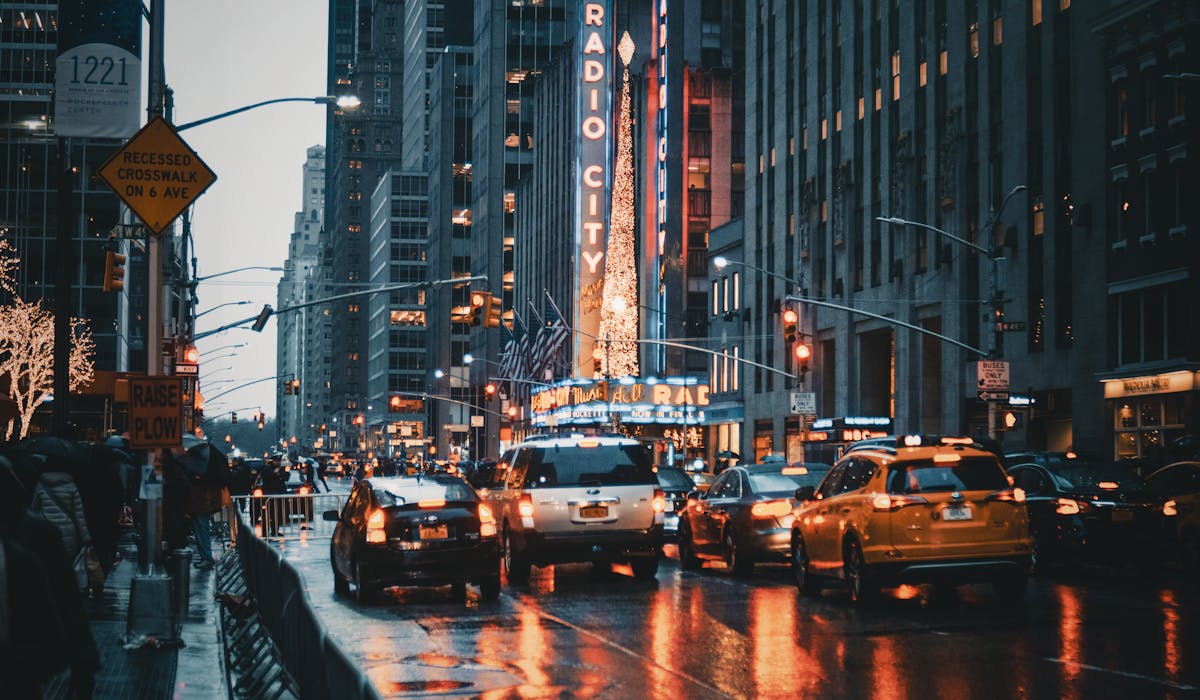3 Simple Techniques For Framing Streets
3 Simple Techniques For Framing Streets
Blog Article
The Ultimate Guide To Framing Streets
Table of ContentsGet This Report on Framing StreetsWhat Does Framing Streets Mean?Rumored Buzz on Framing StreetsWhat Does Framing Streets Do?8 Easy Facts About Framing Streets ExplainedFraming Streets - Questions
Digital photography genre "Crufts Pet Show 1968" by Tony Ray-Jones Street photography (likewise sometimes called candid digital photography) is digital photography carried out for art or inquiry that includes unmediated opportunity experiences and random incidents within public places, generally with the objective of catching photos at a decisive or touching minute by cautious framing and timing. 
, that was motivated to undertake a comparable paperwork of New York City. As the city developed, Atget helped to promote Parisian streets as a deserving topic for digital photography.

Some Known Details About Framing Streets
The chief Mass-Observationists were anthropologist Tom Harrisson in Bolton and poet Charles Madge in London, and their very first record was created as the publication "May the Twelfth: Mass-Observation Day-Surveys 1937 by over 2 hundred onlookers" [] Home window cleaner at Kottbusser Tor, Berlin, by Elsa Thiemann c. 1946 The post-war French Humanist Institution professional photographers discovered their subjects on the street or in the diner. Andre Kertesz.'s widely admired Images la Sauvette (1952) (the English-language version was labelled The Crucial Moment) promoted the concept of taking a picture at what he described the "crucial minute"; "when kind and content, vision and composition combined into a transcendent whole" - 50mm street photography.
The Facts About Framing Streets Revealed
The recording equipment was 'a surprise cam', a 35 mm Contax concealed below his coat, that was 'strapped to the upper body and attached to a lengthy cable strung down the appropriate sleeve'. a knockout post His job had little contemporary impact as due to Evans' level of sensitivities regarding the originality of his task and the privacy of his topics, it was not released till 1966, in the book Several Are Called, with an intro written by James Agee in 1940.
Helen Levitt, then an educator of children, connected with Evans in 193839. She recorded the temporal chalk illustrations - Sony Camera that were part of kids's street culture in New york city at the time, along with the youngsters who made them. In July 1939, Mo, MA's new digital photography area consisted of Levitt's job in its inaugural eventRobert Frank's 1958 book,, was substantial; raw and commonly out of emphasis, Frank's images questioned traditional digital photography of the moment, "tested all the official rules laid down by Henri Cartier-Bresson and Walker Evans" and "contradicted the wholesome pictorialism and sincere photojournalism of American magazines like LIFE and Time".
Report this page